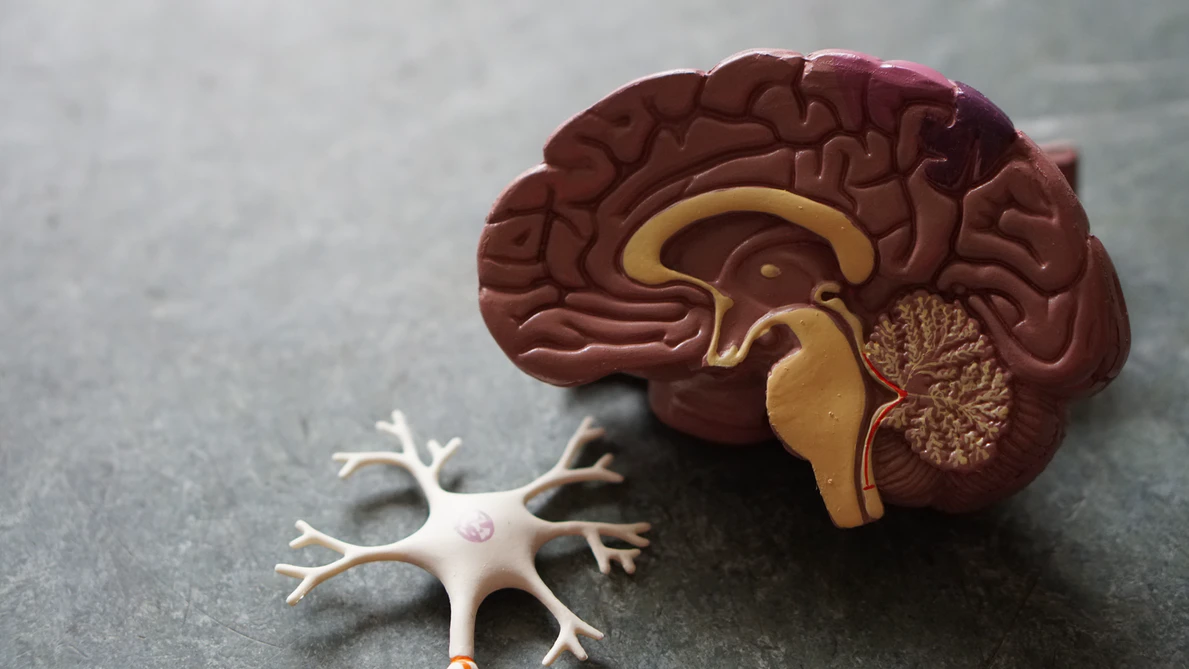The brain is a vital organ that controls everything from head to toe. It, therefore, needs utmost protection to prevent any damages. Unfortunately, there are times when the head may receive a jolt, bump, or any form of collision. This puts someone at the risk of having a delayed concussion.
4 Delayed Concussion Symptoms That You Should Never Ignore
Doctors say that people sometimes live with a mild delayed concussion without even knowing. It makes them have problems such as low concentration and dizziness without raising any eyebrows on what could be the cause. Which are the common symptoms one needs to watch out for?
Common Causes of Concussions
Several causes make one experience delayed concussions. An unfortunate incidence of violent crimes can bring damages to the head. Domestic assaults also have a close link to this, whereby a person can end up experiencing injuries to the brain. The delayed concussion symptoms may emerge immediately or even days later. The right thing to do is seek medication fast. It helps ensure the situation is not life-threatening.
Sporting activities are the other most common cause. In most outdoor games, there is a lot of quick heavy movement during the play. Take, for instance, soccer; players fighting for the ball mid-air may end up colliding heavily.
Third are the injuries that emanate from road accidents. A roach crush can sometimes lead to injuries to the head, mainly if it occurs head-on. This is why cyclists and motorbike riders need to wear safety gear such as helmets.
1. Loss of Consciousness
This mostly takes place as an immediate symptom after the impact. It makes one unaware of self and the surrounding for some time. A person, however, remains in this state for less than five minutes. In several cases, it may take up to thirty minutes. During such moments, the person needs to be under oxygen support. Lack of consciousness ordinarily comes from a lack of sufficient oxygen to the brain.
An emergency response team may be the best option to look at other aspects such as the heart rate and breathing. They also understand the correct posture to the person to avoid breathing difficulties.
2. Headaches
Headaches are common after a traumatic brain injury. The brain, just like any other organ, has some nerves, but the only difference is that in it, they are more concentrated. It means a jolt on the head can bring unimaginable pain. In most cases, headaches resulting from delayed concussions may start immediately after the impact.
However, there are times when they may manifest later. They may start as mild aches but later increase gradually with time. As much as you may want to use painkillers to calm things down, seeking medical attention is always good.
3. Amnesia
This is also known as memory loss. For a moment, one may forget about the essential details such as the name and immediate activity just before the incidence. A memory loss may aggravate after some time, especially when there is no thorough treatment. Unfortunately, amnesia becomes permanent at some point, especially when the force damages vital brain parts essential for memory processing.
4. Blurry vision
This vision impairment primarily arises when the impact interferes with the entire line of sight. This may bring about some refractive indexes within the eye. This makes the images not form accurately on the retina as they should be. The blurriness may continue for some minutes but later disappear. A check-up is, however, necessary even if one regains full sight.
A delayed concussion is a condition that emerges when there is a jolt to the head. Some of the symptoms arise immediately, while others after some time. When it happens to the kids, a parent needs to look at the specific indicators such as restlessness and change in behavior.






Leave a Reply